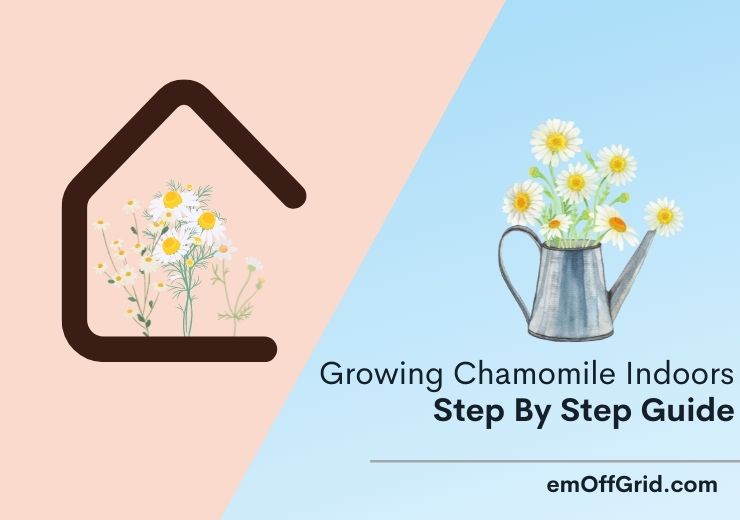Chamomile herbs are cheery little plants that perform well outdoors. They usually grow in almost every place. But is growing chamomile indoors possible? What are the steps to take, and what do you need to keep them happy?
Chamomile herbs have many uses, one of which is brewing teas. However, many homesteaders use them as ornamental flowerbed borders or planted in cottage and herb gardens. Their fame is due to their low maintenance.
Read on for step-by-step details on growing chamomile indoors and how to harvest and store mature herbs for later use.
Contents
Is Chamomile Growing Well Indoors?
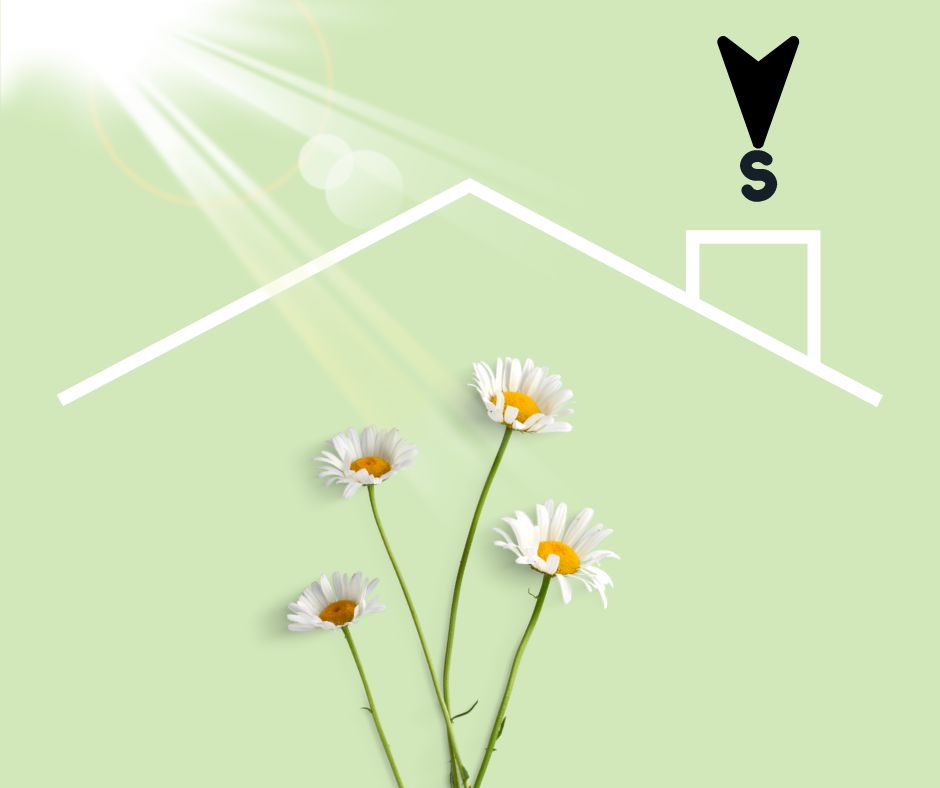
Yes. Chamomile grows well indoors as it does outdoors. It only requires 4 hours of daylight, making it thrive even in winter. However, you should place it on a south-facing window for maximum exposure to light.
Chamomiles are ideal herbs for brewing tea. They are known for their forest green foliage, composite flowers with bright yellow center discs, and the sweet fragrance that comes from them.
The seeds of this herb are sown directly into the soil and transplanted to the main pot after developing the first pair of true leaves. They require moist potting soil and a temperature of about 68 degrees Fahrenheit. The seeds also need light to germinate. That means they are not covered.
The potting soil should be kept moist. Watering once a week should be sufficient to maintain the appropriate soil moisture level for chamomile. The herbs should be ready for harvesting in 60-90 days.
Sow Right Seeds – Herbal Tea Collection
- Beautiful - 5 large full-color seed packets of herbal teas including Lemon Balm (Melissa Officinalis), Mint (Mentha spicata), Chamomile (Matricaria chamomilla), Lavender (Lavandula angustifolia), and Echinacea (Echinacea purpurea). Makes a wonderful garden gift.
- Grow Your Own Teas - Easy to grow and harvest a bounty of delicious herbal tea leaves. May be used fresh or dried.
- Perennial Tea Garden - Lemon Balm, Mint, Lavender, and Echinacea are perennial varieties, meaning the same plant will grow year after year. German Chamomile is an annual but it readily self-sows so new plants will likely grow voluntarily each spring.
Step By Step Guide to Grow Chamomile Indoors
Chamomile can just be as happy indoors as they are outdoors. However, you should maintain the right conditions that favor its growth. You should follow the four steps listed below to succeed in growing chamomile indoors.
- Step 1: Determining the Time to Plant Chamomile
- Step 2: Prepare Containers and Potting Soil
- Step 3: Sow Your Chamomile Seeds
- Step 4: Care to Germinate
Let’s get to the details on how you can go about these steps to successfully grow chamomile indoors.
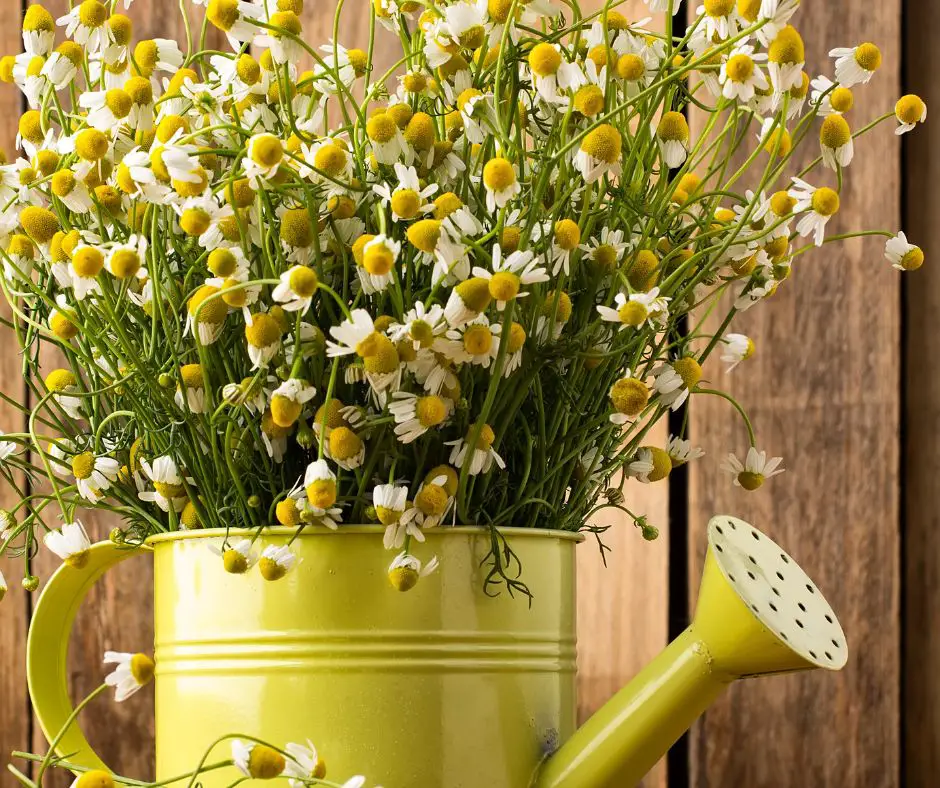
Step 1: Determining the Time to Plant Chamomile
You can grow chamomile indoors at any time of the year because weather patterns are no longer an issue. Also, this herb requires at least four hours of daylight, which you can get during winter. Provided you can find a south-facing window, you can grow chamomile indoors anytime you want.
Step 2: Prepare Containers and Potting Soil
Chamomile requires a wide port. Choose a container at least 12 inches in diameter to give the herb enough space to spread out laterally. As a rule of thumb, the container’s diameter should be longer than its height.
Once you have the most appropriate container, clean and dry it before you start filling it with the potting soil. Make the drainage holes at the bottom that will allow excess water to drain. Chamomile roots don’t want soggy soil.
Chamomile performs best in a well-drained, rich organic soil. Choose a potting mix with these characteristics and a pH between 5.6 and 7.5.
You also need a handful of clean rocks or large gravel to place at the bottom of the container before topping up with the potting soil. They enhance drainage, ensuring your chamomile plants always have the right soil moisture content.
The most appropriate potting mix for chamomile is the one with perlite and sand mixed into it. Alternatively, you can buy a potting mix formulated for succulent herbs. Fill the container with gravel and potting mix, leaving about an inch of space from the top.
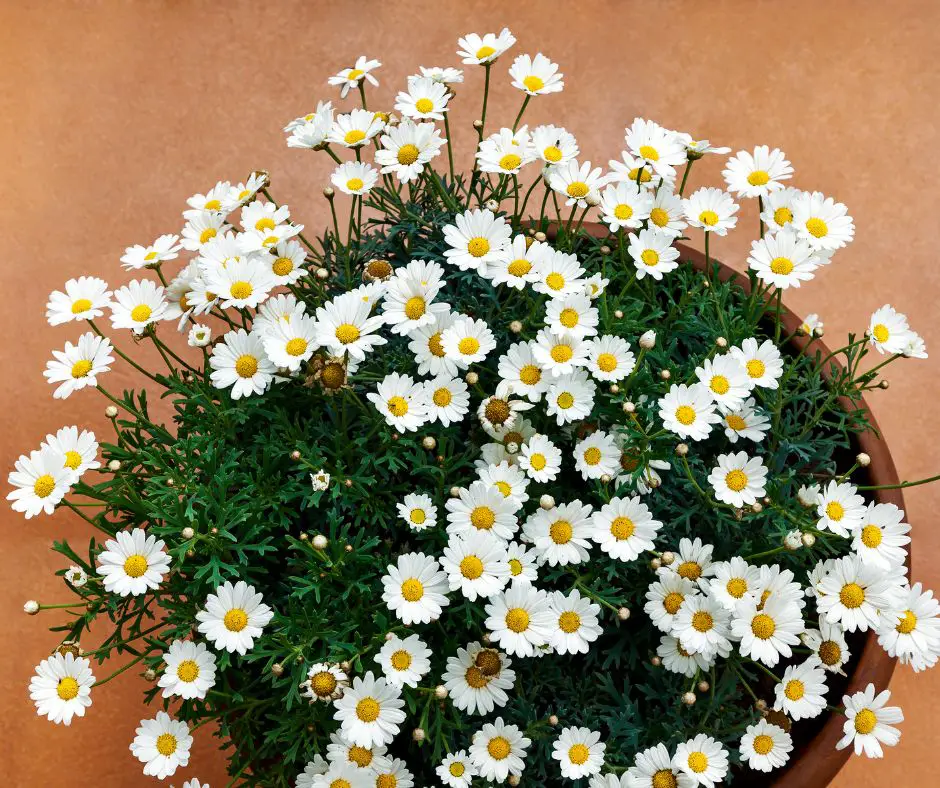
Step 3: Sow Your Chamomile Seeds
Two main species of chamomile plants exist. These are the Roman chamomile and German chamomile. The former is recommended for growing indoors because it spreads out laterally instead of growing tall.
Before sowing chamomile seeds on the potting mix, sprinkle water to moisten it. Take a pinch of seeds and sprinkle on the soil and gently pat them into the soil with your fingers. Do not cover them with soil because they require sunlight to germinate.
Step 4: Care to Germinate
Chamomile seeds usually germinate in about two weeks if conditions are favorable. You should mist them daily to keep the soil moist and maintain a temperature of 68 degrees Fahrenheit. If it is too cold indoors, use a heating pad or place the planting pots near a heat source.
You can also get a good germination percentage in cold areas with temperatures as low as 45 degrees Fahrenheit. Any temperature below that will adversely affect the seeds.
Plants That Should And Should Not Be Planted With Chamomile
Chamomile herbs can grow happily with some plant species and may mutually benefit from each other. However, others may harm your herbs if you grow them together. You should know about them as a gardener. So, let’s dive into the details.
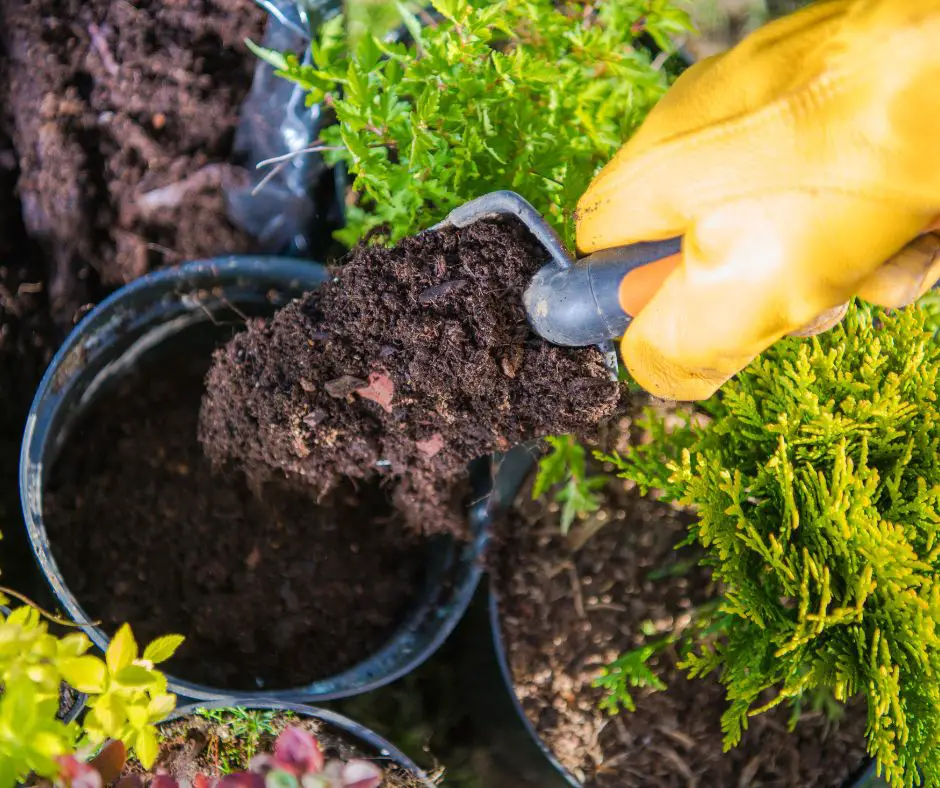
Plants That Should Be Planted With Chamomile
You can grow chamomile together with vegetables, fruits, and other herbs. These other plants benefit from chamomiles in different ways, as outlined below.
- Brassicas: These vegetables are susceptible to pests such as cabbage worms, cabbage moths, and cabbage butterflies. They are attracted to brassicas due to their scent. But when grown with chamomile, the strong fragrance from this herb masks that of brassicas.
- Basil: Farmers have reported an increase in the basil’s essential oils when planted together with chamomile.
- Fruit trees: Chamomiles have antibacterial and antifungal properties that make them the best companions for fruit trees such as apples. They reduce the prevalence of bacterial and fungal diseases in these plants.
- Cucumber: Chamomiles attract insects such as ladybugs and hoverflies. These are more effective in controlling aphids than can potentially damage cucumbers.
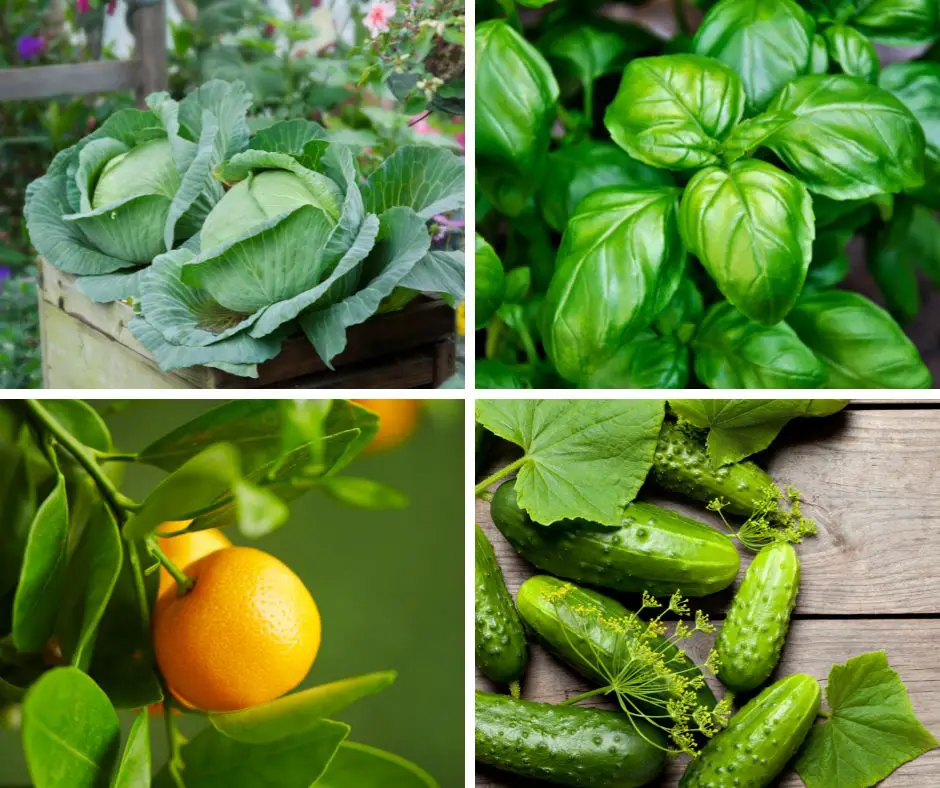
Plants That Should Not Be Planted With Chamomile
Chamomiles also have enemies. You should not plant it with plant species such as carrots, mint, parsley, parsnips, etc. But what is the reason? Let’s explore just a few of them.
- Carrots: Carrots attract harmful pests that can harm not only themselves but also chamomile.
- Mint: It is known that chamomiles can prevent mint plants from producing the oil that gives it the minty scent when grown together. That will affect its flavor and aroma and reduce its effectiveness in deterring pests.
- Parsley: Like carrots, parsley can attract pests that destroy chamomiles.
- Parsnips: It is a similar case here. Parsnips are known to attract harmful pests that also attack chamomile. Consider growing them apart if you must have both.
How To Care For Indoors Chamomile Plants
It is easy to take care of your chamomile plants indoors. These include watering, regulating temperature, providing light, and fertilizing them if necessary. Let’s discuss each independently.
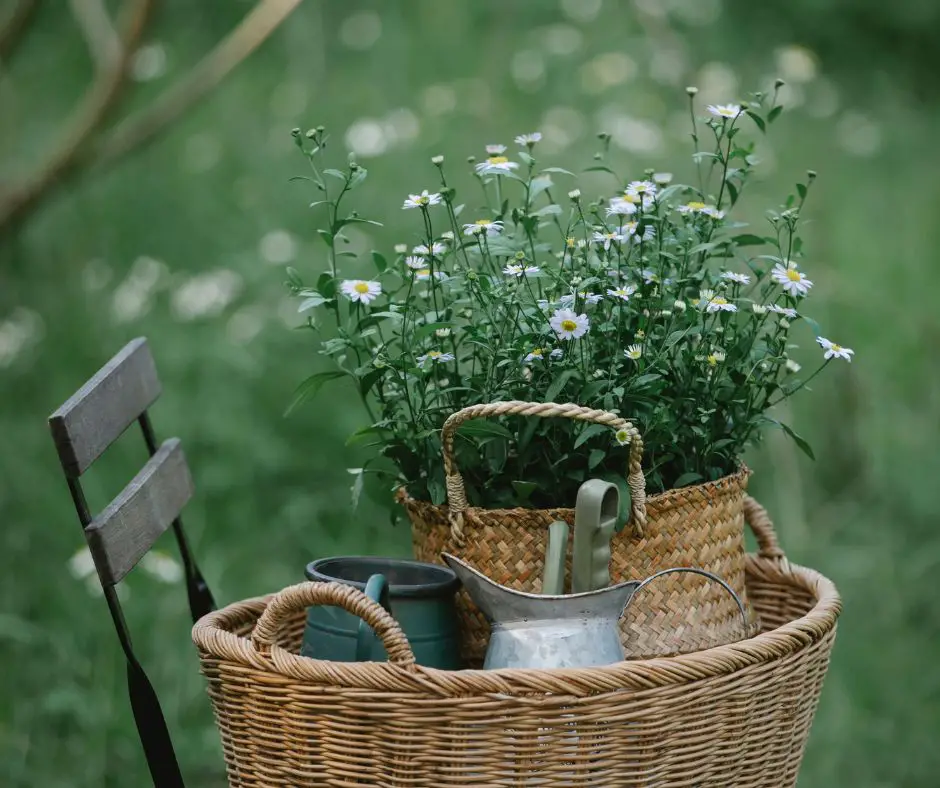
Watering
Chamomile plants are drought-resistant plants. They don’t require frequent watering. If you grow them indoors, water young plants about an inch a week and reduce the water quantity as they mature.
Also, it is recommended to allow chamomiles to dry between waterings.
However, the amount of water depends on the weather conditions. If you live in a hot area, more watering may be necessary.
Temperature
Chamomile requires a temperature of about 60-68 degrees Fahrenheit. But since it is drought-tolerant, the plant can survive in hot summers with temperatures of up to 100 degrees Fahrenheit. Also, you need to maintain high humidity.
Fertilization
If you use the right potting mix, fertilizer will not be necessary for your indoor chamomile plants. They grow fast and are not heavy feeders. You can use balanced, slow-release fertilizer if they are not doing well. Apply it once a month.
Light
Chamomile requires a minimum of 4 hours of sunlight daily. That means you should grow them near a south-facing window during winter for maximum exposure.
It is better if you can maintain daily sunlight exposure of 6 hours. But if you live in hot regions, partial shading will be necessary. Chamomile plants require enough sunlight to flower.
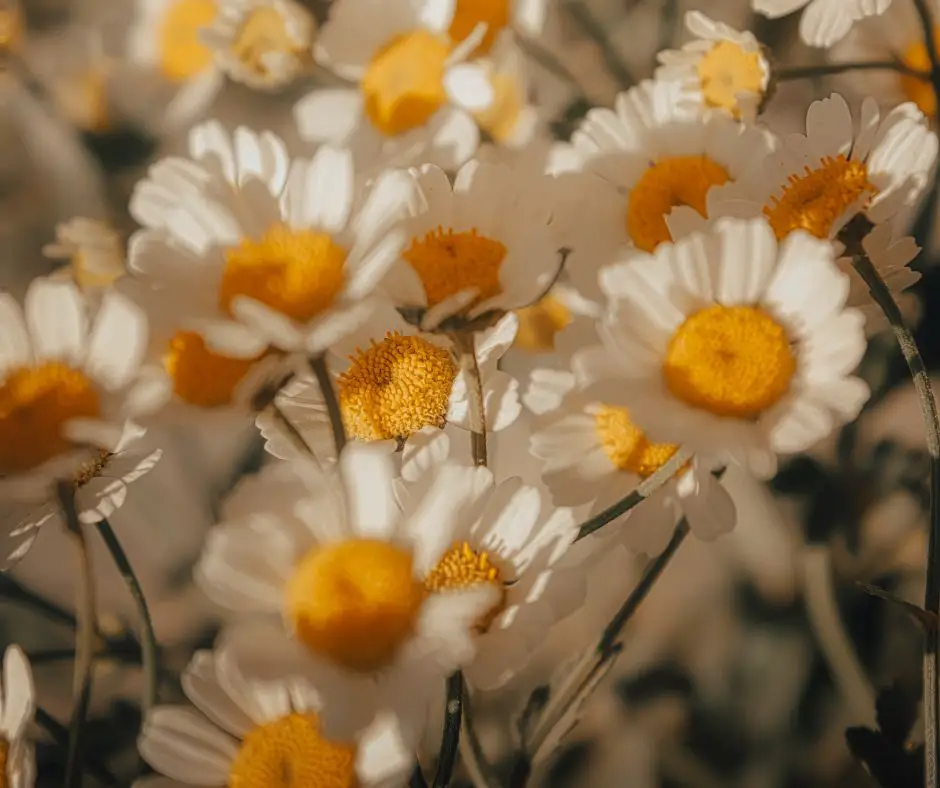
How To Properly Harvest Chamomile
Chamomile will be ready for harvesting in 60-90 days. If you want to enjoy the bloom for an extended period, consider planting chamomiles in different containers a few weeks apart.
Chamomile flowers are ready for harvesting as soon as they begin to bloom. However, you should let them mature for a stronger potency.
Harvest chamomile flowers that are fully spread out flat without spaces between them. Those still curled at the center are yet to mature and should be given more time.
When harvesting chamomile flowers, start with the drooping ones. Remove them from the step by gently pulling the top.
After harvesting, you can air-dry them in the hottest section of your home or use a dehydrator or an oven. Once dry, keep them in a sealed glass jar without crushing them.

How to Store and Use Chamomile
Chamomile flowers are thoroughly dried before storage to keep their flavor. As already mentioned, put the dried flowers in a glass jar with a lid and make it airtight. Store it and the content in a cool, dark place to avoid degradation.
The most common use of dried chamomile flowers is making tea. This is a simple recipe. It only involves steeping chamomile flowers in hot water for 5-10 minutes.
You can also extract chamomile oil and use it for salads or fish dishes. Some people even mix it in mayonnaise to add flavor to sandwiches.
Other uses of chamomile flowers include the following:
- Adding flavor to a fresh green salad
- Brightening blond rocks
- Relieving itchy pain from bug bites because of their inflammatory properties and ability to neutralize allergies and regenerate skin.
- Chamomile tea can also be used to make rice, a tea and honey panna cotta, or tea-poached pears.
Anchor Hocking 1 Gallon Heritage Hill Glass Jar with Lid
- INCLUDES: This Anchor Hocking glass jar set contains (2) 1-gallon Heritage Hill jars with (2) glass lids. All-clear glass has oversized knobs for easy gripping and a substantial weight to stay sturdy on the counter.
- USE: These glass jars are perfect to store all manner of dry goods including flour, cookies, rice, coffee, spices, candy, and much more. Though they don't suction seal, containers' super thick, oversized glass reliably covers and protects foods and drinks.
- DURABLE: These glass jars with matching lids are wide mouthed and thick walled to ease scooping and maximize protection. Strong enough to withstand the pressures of a glass-on-glass design, lids sit snugly on bottoms as reliable see-through covers.
Last Sentences
Growing chamomile indoors is an easy task. You only follow a straightforward process. If you do everything right, as outlined in this article, your chamomile flowers will be ready for harvesting after 60-90 days.
You can also grow chamomile plants indoors at any time of the year. You can continuously harvest fresh chamomile flowers if you time your planting well.
Thank you for your time at Em Offgrid. We appreciate you for being a valued member of our ever-growing community. We kindly ask you to share this article with your friends if you find the information presented useful.
